The New Bus for London has been officially revealed ahead of it being pressed into service, transporting the capital’s busy population around the road network. Autocar has already driven the new 87-seater, so here’s the full road test verdict on the £330,000 Wrightbus design.
How Autocar became involved in the reinvention of the London bus
New Bus for London (NBfL) is the product of a 2008 promise of the then prospective mayor of London, Boris Johnson. For better or worse, he said, if he were elected, the ‘bendies’ would be phased out and replaced by a New Bus for London.
The new bus would be an icon, he said, a double-decker (naturally), unarticulated (crucially) and with a hop-on/off rear platform (reminiscently). At times it would even have a conductor. Bus travel would become attractive again and the glory days of public road transport would be revived. It would be nothing less than a Routemaster for the 21st century.
NBfL and seven other prototypes will go into limited service in February. All aboard, then, to find out if it was worth the journey.
Design and engineering
Public bodies have a tendency – understandably so, given that they’re spending our money – to commission products on very specific and objective sets of factors. A jet fighter, for example, is measured by its ability to blow up other jet fighters; road signs are chosen for their clarity, not their beauty. Public procurement cares little for sentimentality.
Here, however, is something different. Think of the NBfL – achingly in need of a new name, don’t you think? – as more like Heathrow’s state-of-the-art Terminal 5 rather than the (barely) functional Terminal 3. NBfL’s creators, Northern Ireland bus builder Wrightbus and design studio Heatherwick, won Transport for London’s competition to create a new London bus with a product that’s almost as much about design flair as it is about transport. Almost.
There’s only so much you can do with a bus, after all. On the outside, the NBfL (one mooted name, Olympian, is someone else’s trademark), has a close approximation of an asymmetric front body, with a bold black strip that skims like an eyepatch across the perhaps overly blinged-up headlights.
At the sides and around the rear are where the NBfL more closely resembles the Routemaster (which is a Transport for London trademark). The bold slashes of glass scribing up one side and down the tapering rump suggest the twin stairs and elegant rear of the Routemaster. To our eyes, from the rear three-quarter on the passenger side is where it shows its best – as well as its convenient three sets of doors.

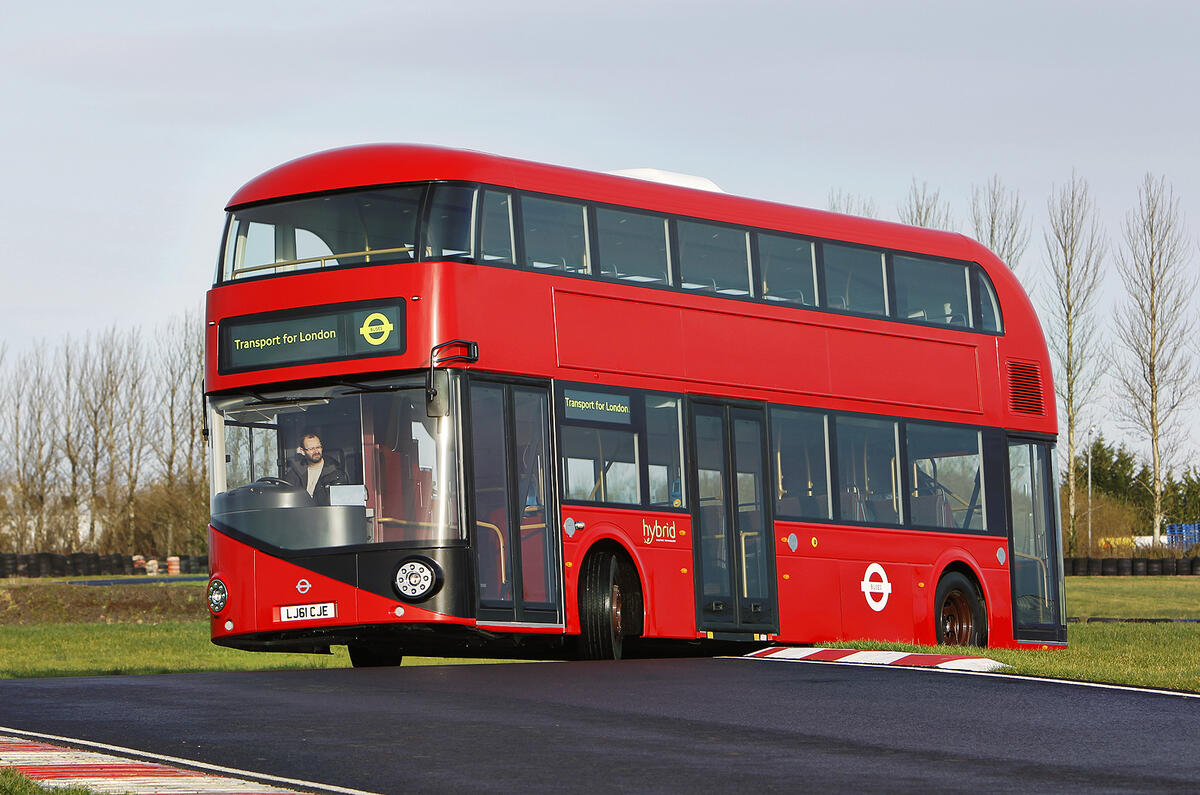
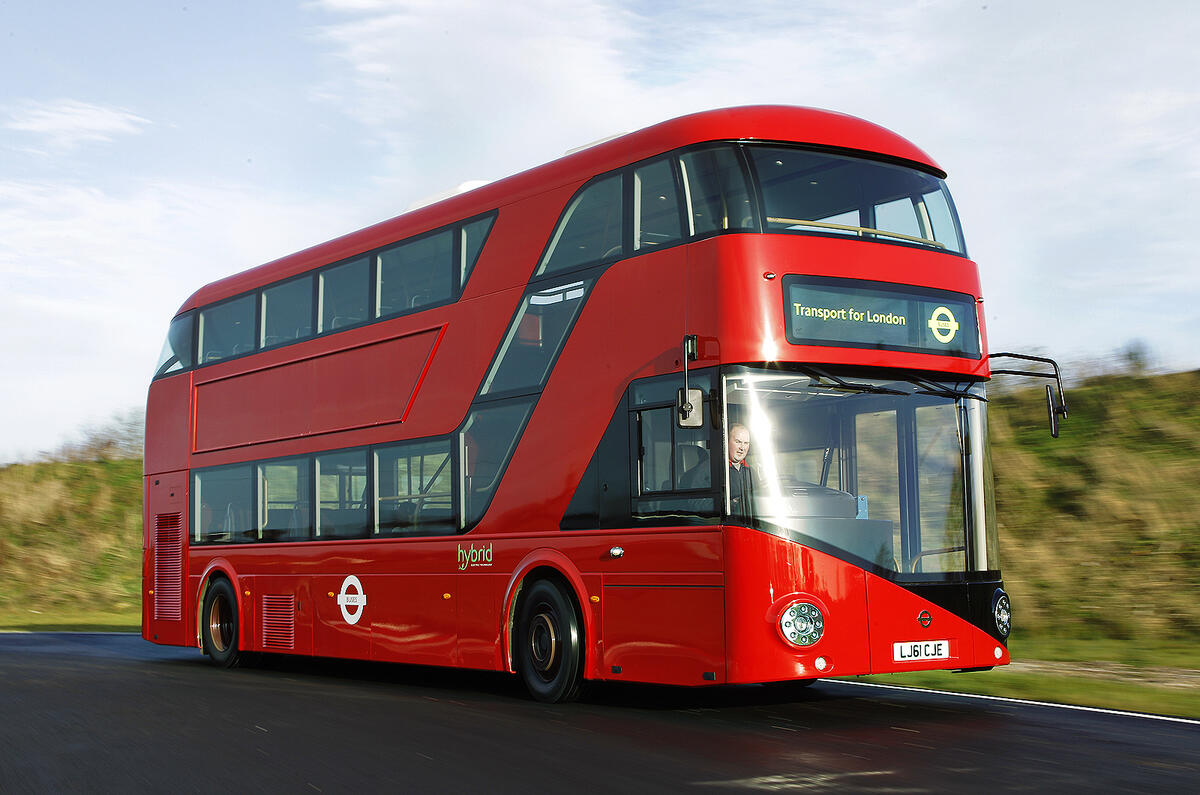
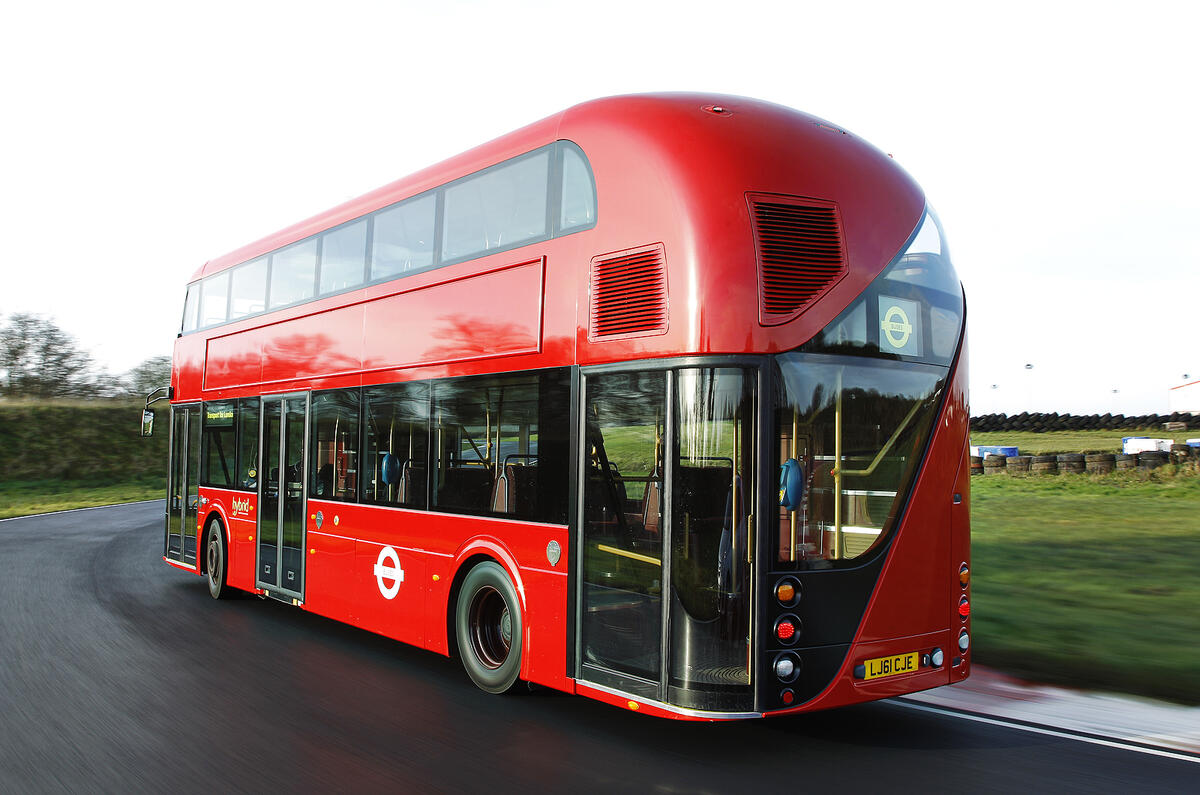
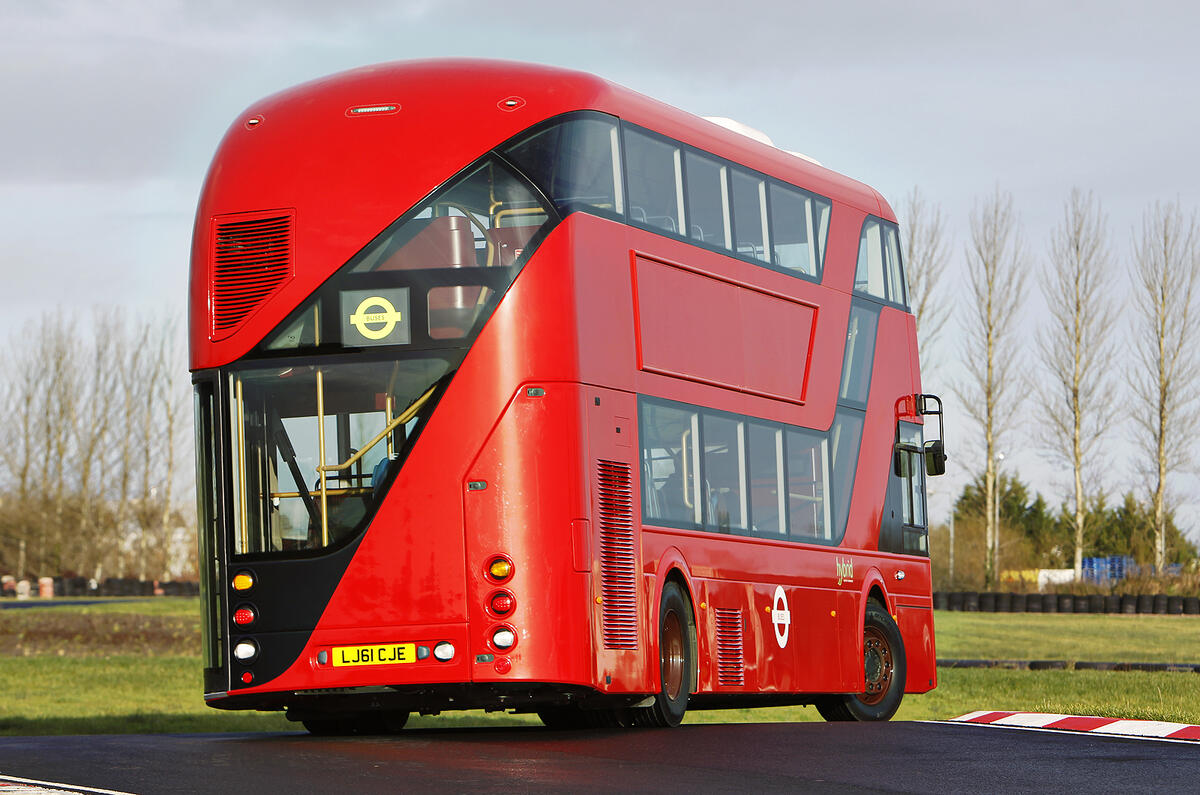
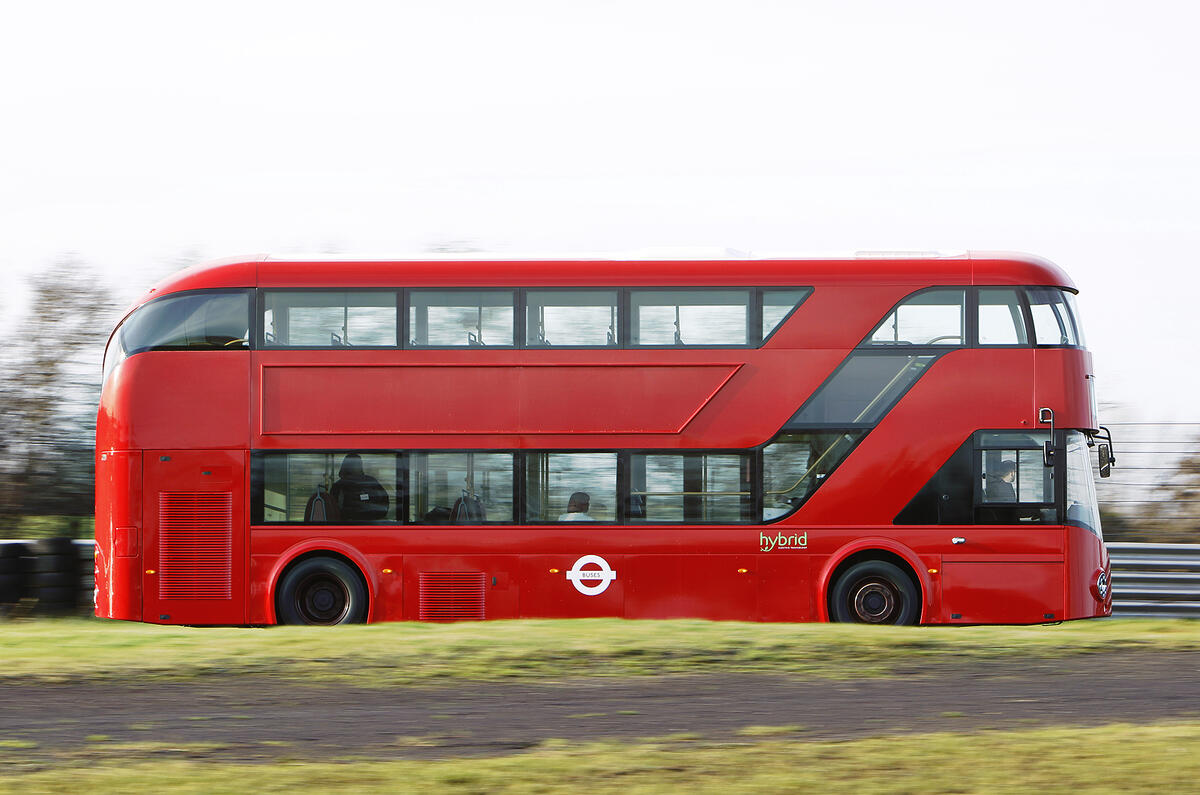
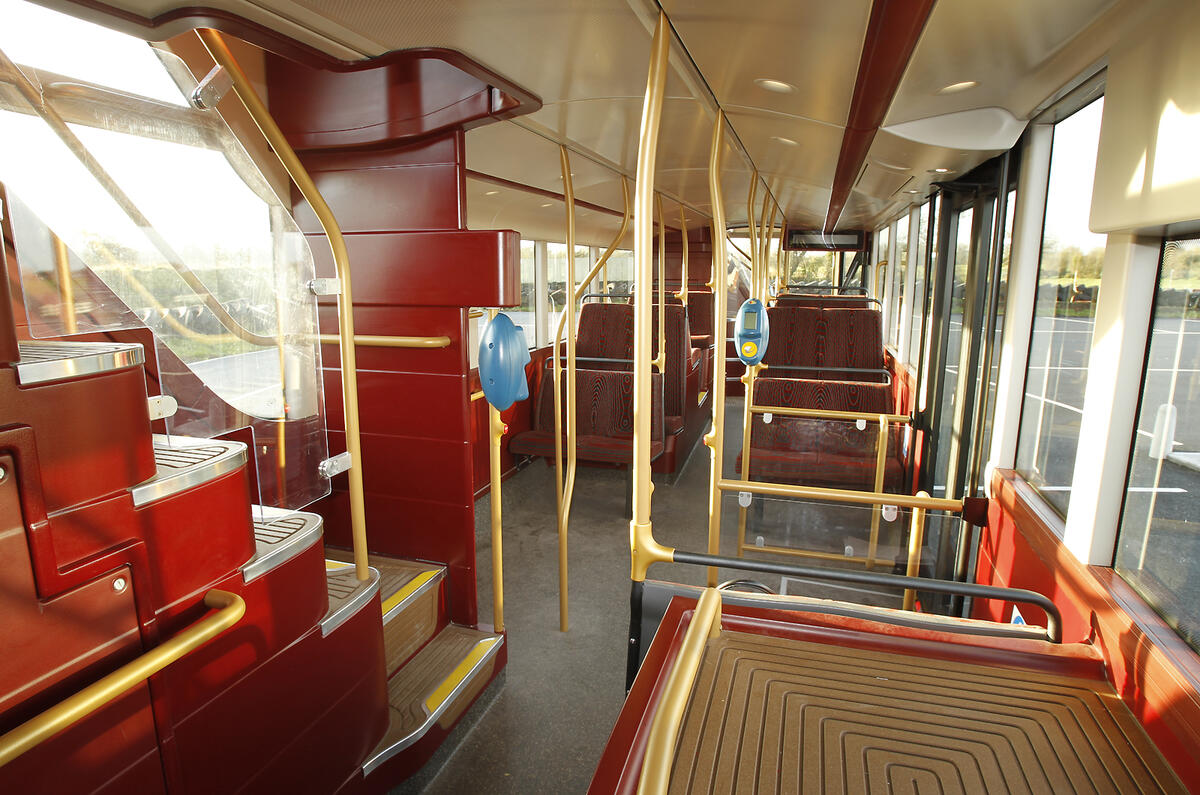
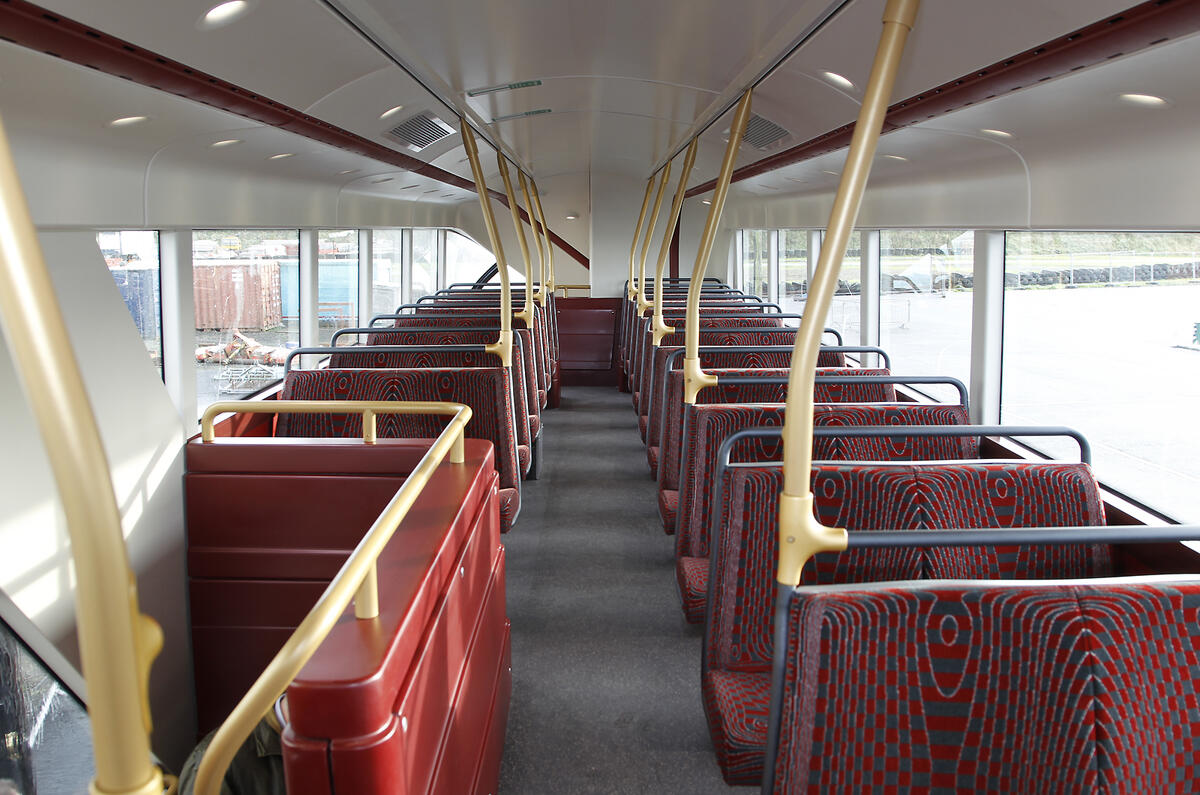

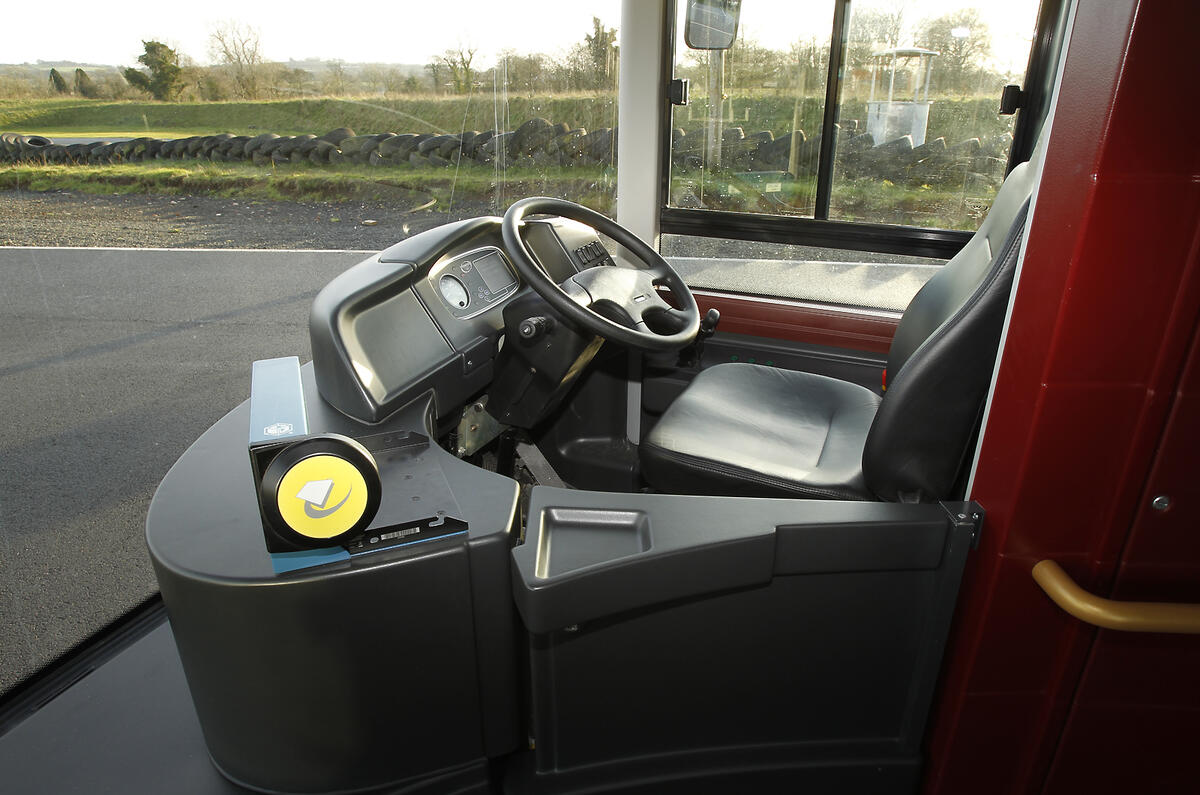

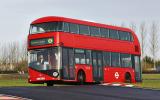
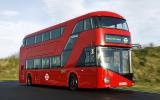
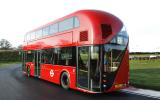
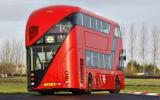
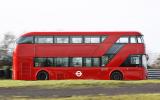
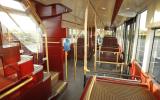
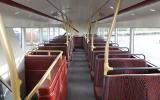
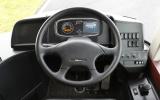
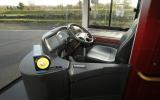







Add your comment